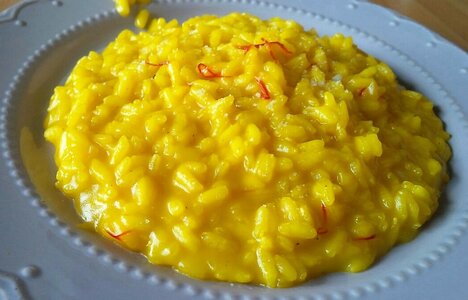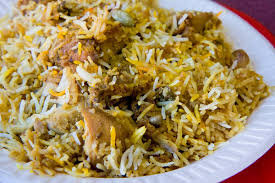If I were to make risotto, I'd use whatever rice that produced the end product that I liked, or if I really wanted some and all I had on hand was some long grain rice, that's what I'd use.
Food "rules" - not for me. Cook what you like and what works for you.
I absolutely agree with you in general terms - but here its a specific dish made with short grain rice which absorbs flavour in slow cooking & releases the starch to form a silky smooth result. That's the nature of a risotto - just like the nature of a a Biryani is that the grains are separate - so long grain or basmati rice is used. I'm not really talking about 'tradition' or 'authenticity' here at all. I'm talking about choice of ingredients producing very different end results.
Here is a (beautiful looking) Risotto from @MypinchofItaly: https://www.cookingbites.com/threads/milanese-saffron-risotto.14770/

And here is a Biryani:

But of course, you can call a dish whatever you like and use whatever ingredients you prefer! Its just that it might get confusing if you said you were making me a risotto abnd then served something that looked like the second photo.



